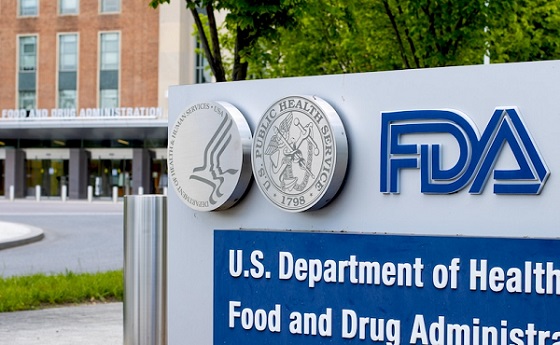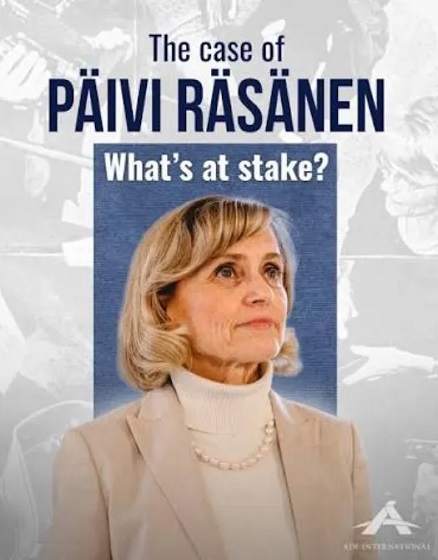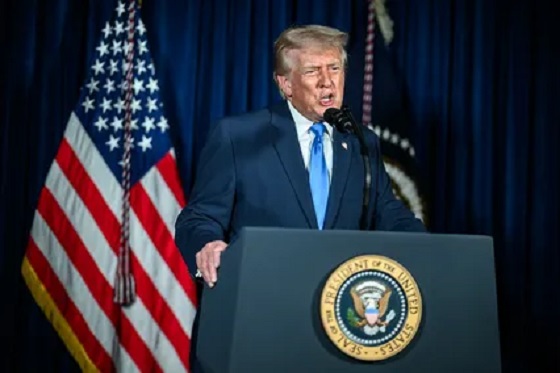International
‘Wrong in principle’: Former UK prime ministers torch proposed assisted suicide legislation

A nurse injects medicine for euthanasia to an elderly man in a hospital bed
From LifeSiteNews
As UK lawmakers prepare to vote on Kim Leadbeater’s assisted suicide bill, opposition mounts from ex-prime ministers, clergy, and healthcare leaders, who condemn the practice ‘in principle’ while warning of risks to vulnerable patients and flawed safeguards.
At least four former U.K. prime ministers have opposed Kim Leadbeater’s assisted suicide bill as the Friday vote looms.
Former Labour Prime Minister Gordon Brown published his editorial opposing assisted suicide in the Guardian on November 22, revealing that the moments he and his wife spent with their dying infant daughter were among the most precious in his life and calling on Parliament to instead focus on improving end-of-life care.
According to the Daily Telegraph, former British leaders Boris Johnson, Liz Truss, and Baroness Theresa May have all expressed their opposition to the deceitfully named Terminally Ill Adults (End of Life) Bill. May’s opposition to assisted suicide has not changed since she voted against it in 2015, and thus she expects to vote against the Leadbeater bill if it progresses to the House of Lords, according to sources close to May.
Liz Truss has been forthright in her opposition, telling the Telegraph that she is “completely opposed” to assisted suicide: “It is wrong in principle: organs of the state like the NHS and the judicial system should be protecting lives, not ending them.” Boris Johnson also opposes the assisted suicide bill in its current form, the Telegraph reports. Rishi Sunak is not opposed to assisted suicide “in principle,” but has not stated which way he will be voting; Tony Blair has also thus far remained silent.
Unfortunately, former prime minister David Cameron has changed his view on assisted suicide, stating that despite his previous concerns that vulnerable people might be pressured to end their lives, Leadbeater’s bill has “strong safeguards.” As several experts have already pointed out, Cameron is wrong about the bill – in fact, the legislation as written is vague, disastrous, and filled with loopholes.
Indeed, the bill’s sponsor and most aggressive champion, Labour MP Kim Leadbeater, has suggested that fear of being a burden is a “legitimate reason” for dying – and the “safeguards,” such as Clause 25, which protects medical professionals involved in assisted suicides from civil liability, reveals who the safeguards are actually for.
Although the assisted suicide camp still has more confirmed votes, opposition to the bill has been mounting in recent days. The Times condemned the bill, stating in no uncertain terms:
Legislation sanctioning the killing of human beings, irrespective of life expectancy, is a matter worthy of the most rigorous debate. Ms Leadbeater implied only this week that doctors would be allowed to raise the issue of assisted dying with patients who had expressed no desire for it. Such flippant and ad hoc reasoning behind this most important of bills condemns it.
Even the Church of England has stepped up, with over 1,000 members of the Anglican clergy – including 15 bishops – signing an open letter stating:
To reduce the value of human life to physical and mental capacity and wellbeing has sinister implications for how we as a society view those who experience severe physical or mental issues.
Cardinal Vincent Nichols and other prominent Catholic clergy have also been vociferous in their condemnation of the bill; Chief Rabbi Sir Ephraim Mirvis published his opposition to the bill on November 26.
READ: Euthanasia advocates use deception to affect public’s perception of assisted suicide
These religious leaders are joined by jurists such as former judge Sir James Munby and former attorney Dominic Grieve. Additionally, 3,400 healthcare professionals, including 23 hospice medical directors and 53 eminent medical professionals, signed a letter stating that Leadbeater’s bill “would threaten society’s ability to safeguard vulnerable patients from abuse.” London Mayor Sadiq Khan also opposes the bill.
In response, suicide lobby group Dying With Dignity is pouring money into ad campaigns on social media, running 602 Facebook ads in the past month. Supporters of assisted suicide are claiming that a majority of the public supports the bill, and some polls indicate that over 60 percent do. However, as the saying goes, polls are taken to shape public opinion, not gauge it. From the Daily Mail:
[A new poll] found that when presented with ten basic arguments against assisted suicide – based on experiences from other countries such as Canada where the practice is allowed – support collapses. In this case the proportion of “supporters” who did not switch to oppose or say “don’t know” fell to just 11 per cent, the polling found. Support fell in every social category by between 17 and 49 percentage points.
This poll reveals precisely why Keir Starmer, the U.K.’s first openly atheist prime minister, permitted such an important bill to be so rushed: the more people know, the more they oppose assisted suicide. Let’s hope that the pushback is enough to carry the day.
Censorship Industrial Complex
US Under Secretary of State Slams UK and EU Over Online Speech Regulation, Announces Release of Files on Past Censorship Efforts

Sarah Rogers’ comments draw a new line in the sand between America’s First Amendment and Europe’s tightening grip on online speech.
|
|
Business
Largest fraud in US history? Independent Journalist visits numerous daycare centres with no children, revealing massive scam

A young journalist has uncovered perhaps the largest fraud scheme in US history.
He certainly isn’t a polished reporter with many years of experience, but 23 year old independent journalist Nick Shirley seems to be getting the job done. Shirley has released an incredible video which appears to outline fraud after fraud after fraud in what appears to be a massive taxpayer funded scheme involving up to $9 Billion Dollars.
In one day of traveling around Minneapolis-St. Paul, Shirley appears to uncover over $100 million in fraudulent operations.
🚨 Here is the full 42 minutes of my crew and I exposing Minnesota fraud, this might be my most important work yet. We uncovered over $110,000,000 in ONE day. Like it and share it around like wildfire! Its time to hold these corrupt politicians and fraudsters accountable
We ALL… pic.twitter.com/E3Penx2o7a
— Nick shirley (@nickshirleyy) December 26, 2025
-

 Censorship Industrial Complex12 hours ago
Censorship Industrial Complex12 hours agoUS Under Secretary of State Slams UK and EU Over Online Speech Regulation, Announces Release of Files on Past Censorship Efforts
-

 Alberta2 days ago
Alberta2 days agoAlberta project would be “the biggest carbon capture and storage project in the world”
-
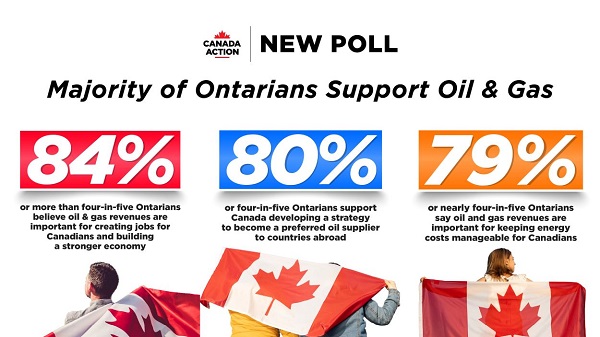
 Energy2 days ago
Energy2 days agoNew Poll Shows Ontarians See Oil & Gas as Key to Jobs, Economy, and Trade
-

 Business15 hours ago
Business15 hours ago“Magnitude cannot be overstated”: Minnesota aid scam may reach $9 billion
-

 Business1 day ago
Business1 day agoSocialism vs. Capitalism
-

 Energy1 day ago
Energy1 day agoCanada’s debate on energy levelled up in 2025
-
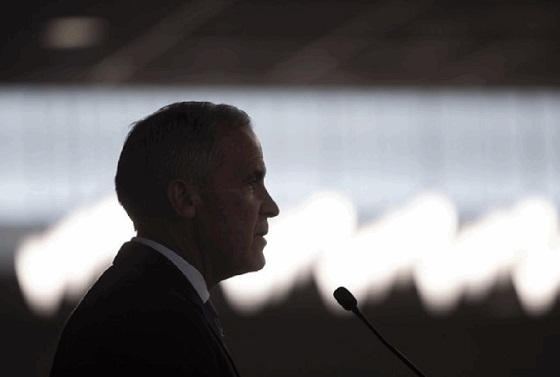
 Fraser Institute2 days ago
Fraser Institute2 days agoCarney government sowing seeds for corruption in Ottawa
-

 Daily Caller1 day ago
Daily Caller1 day agoIs Ukraine Peace Deal Doomed Before Zelenskyy And Trump Even Meet At Mar-A-Lago?






